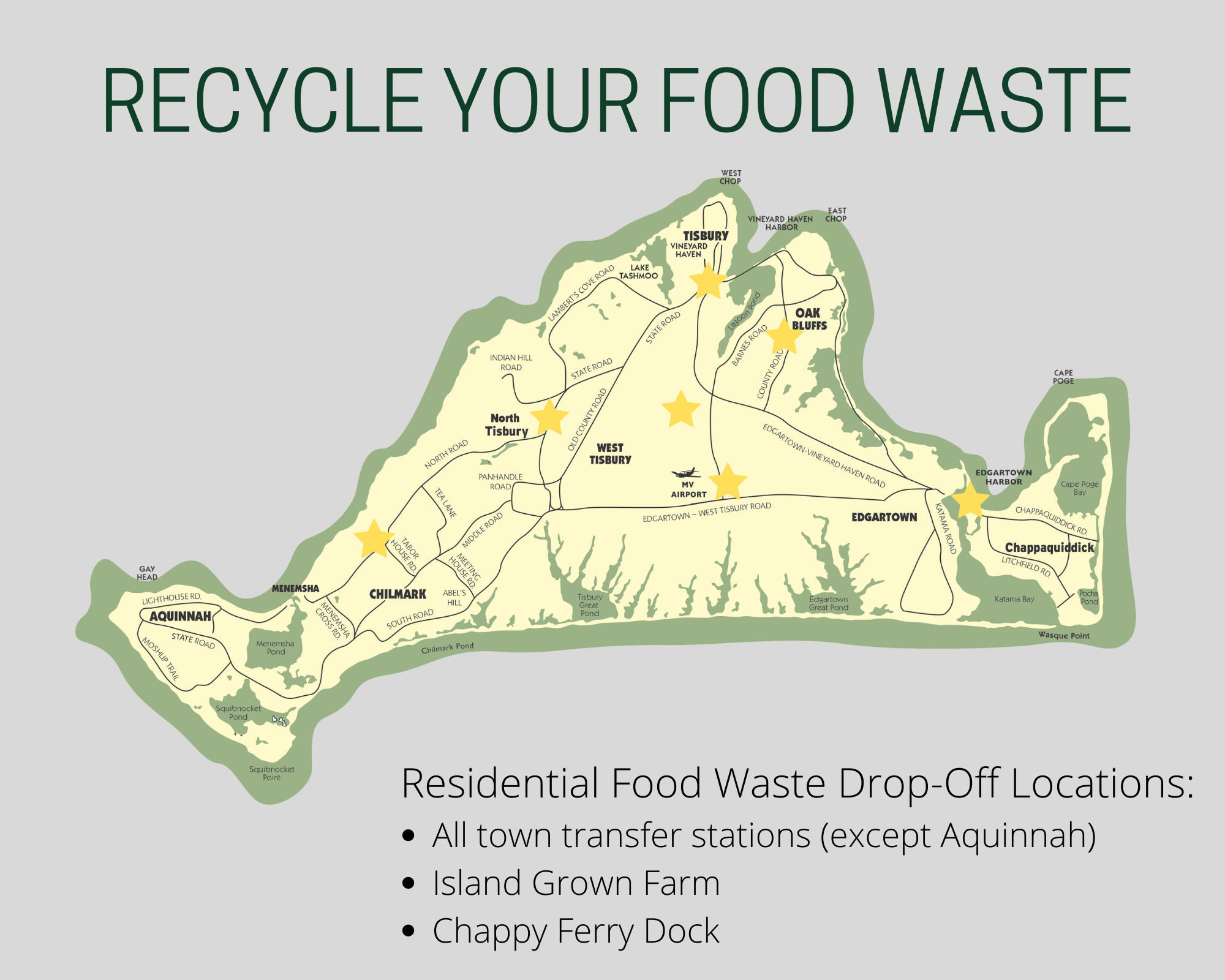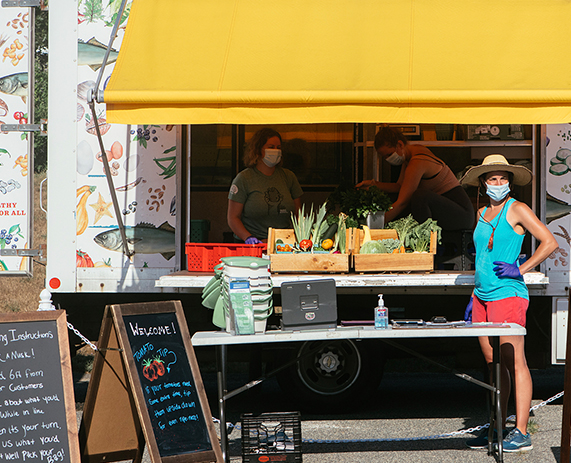OBJECTIVES
Students will be able to explain what a plant breeder does, and know the definition of trait and variety.
Students will understand that eaters and gardeners have the power to choose which kinds of crops continue to thrive.
Students will know how to start seeds.
ESSENTIAL QUESTIONS
What does it mean to breed plants? How do we make choices about what crops to grow?
MATERIALS NEEDED
4 seed packets with different varieties of the same crop
Potting soil
Buckets
40 pots
Labels
Sharpie
PROCEDURE
Introduction:
- Review garden work we have done so far
- Ask the students- raise your hand if you’re a plant breeder. What do you envision when you think of a plant breeder?
- Plant breeders 1. Identify traits, 2. Select desirable traits, and 3. Breed plant varieties containing desirable traits
- Every time you make a food choice, you become an active part in the selection process. Your choices dictate the breeding of crops worldwide through creating demand for specific traits
- Write “Trait” on board: a distinguishing characteristic or attribute
- Have students call out examples of traits for a potatoes
- Color, size, shape, taste, texture, maturity, disease resistance
- Background:
- phenotypic traits: visible (controlled by combination of genetic make-up and the environmental pressure the organism is subject to)
- Genotype: genetic make up
- Write “variety” on board: a sub-ranking within a species defined by the expression of specific traits
Activity:
- Explain that today we are going to get to choose 1 of 4 different varieties of kale (or whatever crop) to plant, and start in the grow lab in the classroom. You get to choose which seed you want to take care of and bring into the world!
- Ask: What kinds of kale have you tried before? How do you eat kale? Do you have a place in your house or garden where you can plant your kale?
- Have a student read description on the back of each seed packet, and try to SELL their variety to the class
- Student or teacher writes out bullet points about each variety
- Blind vote for which seed you want to grow
- Plant seeds, make labels, put in grow lab
Wrap up:
- When you take this home before the end of school, you can transplant your kale (or whichever crop you use) into your lawn, garden, or into a larger pot inside or on your porch.
- In the fall we will talk more about the genetics behind the traits of plant varieties.
Extensions: Garden genetics unit in fall of 8th grade








